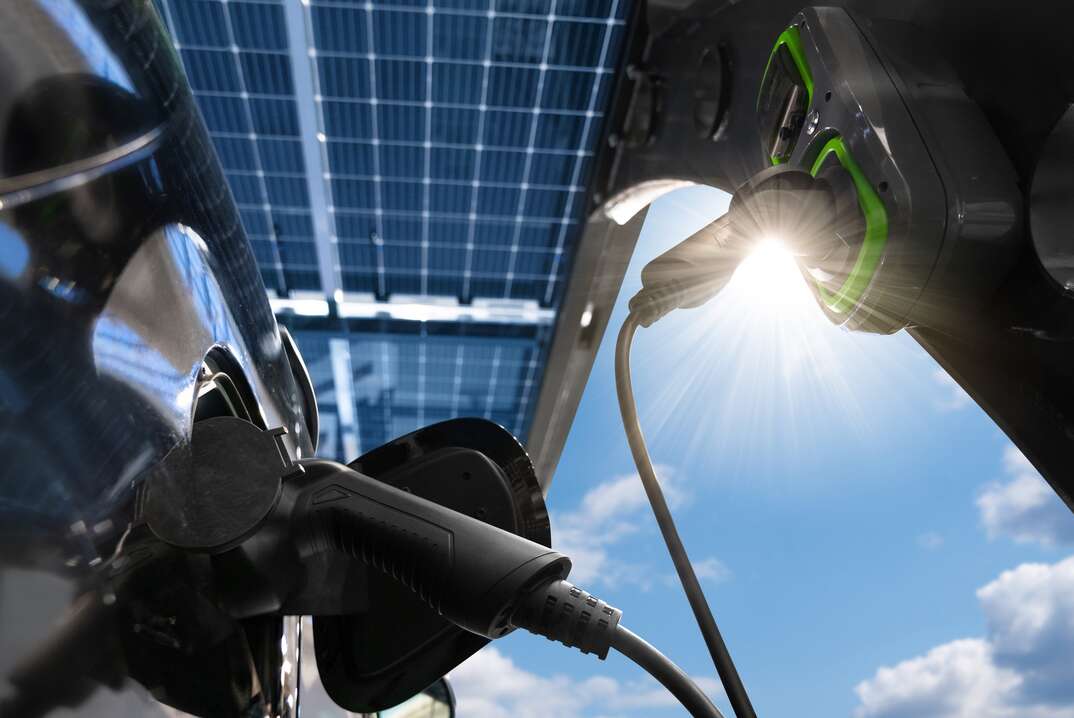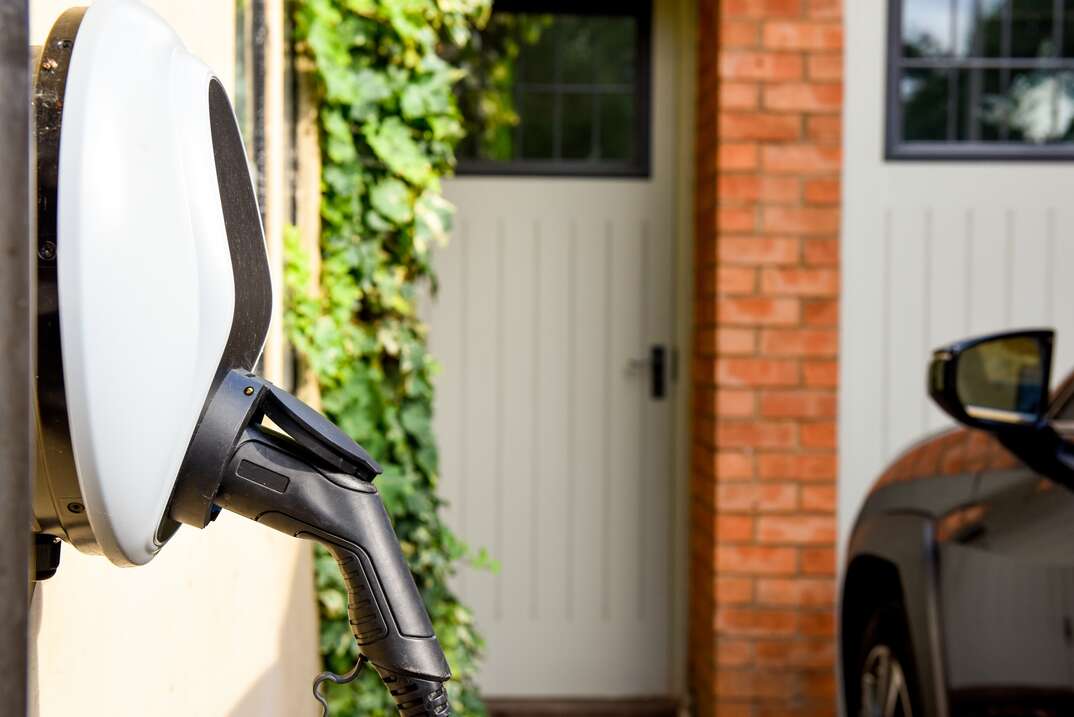How to Charge Your Electric Car When the Power Goes Out

Picture yourself cruising down the highway in your sleek electric car, enjoying the smooth and silent ride. But when you arrive home, you realize that the power has gone out, leaving you wondering how you’re going to keep it charged.
This May Also Interest You: How Much Does It Cost to Install an Electric Car Charging Station?
Electric vehicle owners complain about the limited number of public access chargers, so this scenario probably plays out more than it should. Thankfully, the federal government has assigned $5 billion to create an extensive network of public chargers. But our fictional scenario is still possible while drivers wait for the program to take effect.
Fortunately, there are things you can do to avoid running on empty when you're on the road during an outage.
EV Owners Can Plan Ahead for Outages
Your electric car is an example of modern technology at its best. It provides a clean, efficient driving experience, and it doesn’t pollute the atmosphere with carbon-fueled poisons. However, it still requires power to operate, which can be a problem during a power outage. Unlike traditional gasoline-powered cars that can refuel at gas stations, EVs depend on a consistent electricity supply and need to be recharged at periodic intervals. Therefore, you can be left wondering how to charge your vehicle when the lights go out.
One option is to plan ahead by using public charging stations. It's a good idea to know where the public charging stations are in your town and the surrounding area, as well as any cities you're going to or through on a trip. If you plan ahead because you suspect an impending power outage or live in an area prone to such events, taking advantage of the public charging infrastructure before the electricity cuts off will ensure you travel unimpeded. Public charging stations often have backup power systems or alternative energy sources, such as solar panels, that can keep them operational during outages.
Another solution is to explore advanced home energy storage systems. These are the most popular option for drivers, partly because they can provide a temporary power supply to your EV during a power outage. They work by storing excess energy generated by your solar panels or from the grid when power is available. When the lights go out, these systems kick in to ensure you have a power source to charge your electric car. Keep in mind that the energy storage system’s capacity will determine how much charge you can get.
More Related Articles:
- Electric Car Charging at Home: Everything You Need to Know
- How Will Installing an Electric Vehicle Charging Station Impact My Electric Bill
- Top 5 Home EV Chargers
- How Much Does Electricity Cost?
- How to Take Advantage of Time-of-Use Rates and Lower Your Electricity Bill
Can You Charge an Electric Car From a Generator?
This is a common question, and the good news is that the answer is yes! One of the many advantages of electric cars is their adaptability. While they're primarily designed to be charged through electrical outlets, you can use a generator to charge your EV. This solution ensures you don't have to wait for the grid to be restored before you can drive again.
This is how it works:
- The generator must have sufficient power output to match your EV's charging requirements.
- Check this by referring to your car's manual or your EV charger’s specifications.
- Connect your car’s charging cable to the generator using a high-quality extension cord, making sure the cord is long enough to reach your car comfortably.
You must also ensure the generator's power output and your vehicle's charging system are compatible. This is because charging an electric car with a generator requires a significant amount of power, so using a low-power generator could result in slow or incomplete charging. Conversely, using a generator with too much power might be inefficient and waste fuel. You'll also need to be prepared with extra fuel because you won't be able to travel to the gas station with a dead car.
Monitoring the process is crucial, so keep an eye on the generator's fuel level to ensure the charging period isn’t interrupted. As soon as the power is restored, you can switch back to regular charging methods. This solution is a practical way to keep your EV's battery topped up and ready to go, even in the midst of a power outage.
